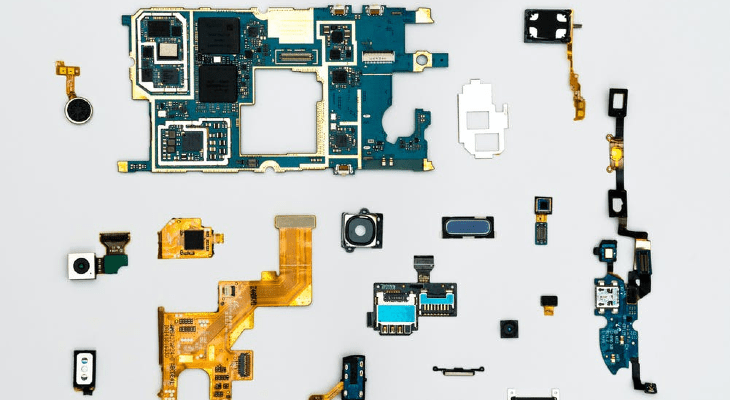Knowledge Transfer and Technology Transfer

As highly interrelated activities, knowledge transfer and technology transfer may be difficult to distinguish.
Technology transfer and knowledge transfer are well-known concepts in countries with strong innovation backgrounds. Tech transfer propels economic growth.
However, it is often out of reach for many developing countries due to the expenses involved. Both concepts are critically important for such economies, including the Western Balkans, to scale up and accelerate the implementation of the 2030 Agenda.
Supporting the flow of knowledge and technical expertise through promoting innovation and creativity is the backbone of these efforts.
When well positioned, tech transfer and knowledge transfer can contribute significantly to economic development. This is particularly important in the knowledge economy where market competition between actors is constant and fierce.
What's the difference between knowledge transfer and technology transfer?
The key difference between the two is the scope.
First, knowledge transfer is a much broader construct. It refers to the flow of virtually all knowledge in an organisation and the attempts to create, capture and manage that knowledge.
Knowledge transfer allows sharing and recreating ideas, information and abilities between various players to ensure its functioning in new settings.
Second, it refers to 'why' something is happening, as opposed to the transfer of technology's 'how'. Unlike tech transfer, knowledge transfer goes beyond patenting and technology licencing.
In countries that base economic development on local traditions, such as Italy, knowledge transfer is closely interconnected with historically strong industries.
Technology transfer is a subset of knowledge transfer. Scholars and practitioners define technology transfer in various ways. For example:
Technology transfer is a collective term for the mechanisms and processes that enable the development of a product or a technology used to manufacture products from the knowledge formed in (public) research organisations.
The key goal of technology transfer is to turn university research into commercially viable products that positively affect society. As such, it is an intrinsic part of the technological innovation process.
Usually, it's a process of enabling the use of high-tech advancements in a different domain.
Sometimes the transfer occurs between individual researchers or research organisations and a company looking to make a profit out of it. Other examples include high-tech developments in sophisticated environments - such as space exploration or military - that find their commercial use after several years.
The transfer of technology goes hand in hand with transferring the knowledge associated with it.
Why does this matter?

Let's imagine the following scenario. A team of innovators developed a new product that may hit the market. To make a profit out of it, innovators and all teams included in placing a product on the market (licencing, manufacturing, marketing, sales) must closely cooperate to transfer knowledge efficiently.
This is easier said than done. Studies have shown that various teams tend to absorb knowledge at different paces, despite receiving the same instructions.
Knowledge can be complex in nature and difficult to transfer. Many great ideas fail the test of the market simply because teams involved transfer know-how poorly.
But even simpler knowledge often gets lost between knowledge owners and the receiving sides.
The knowledge transfer process gets difficult when the source is reluctant to share all the knowledge with the receiving side. Such difficulties are often called knowledge stickiness.
Sometimes knowledge owners lack skills (communication, language) and the ability to adapt to the receivers' abilities. Alternatively, the knowledge receivers may not have the ability to understand the knowledge nuances.
Therefore, even the brightest technologies developed by some of the smartest people can see a dead-end if not communicated properly.
If you wish to learn more about technology transfer, try out this e-course by the EC's Joint Research Centre. By the end of the course, you should be able to understand how to protect the technical invention, how to exploit it and finally, how to bring it to market.
